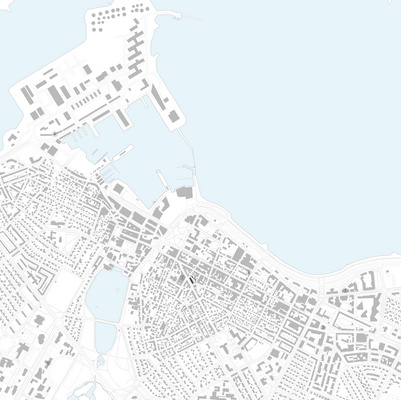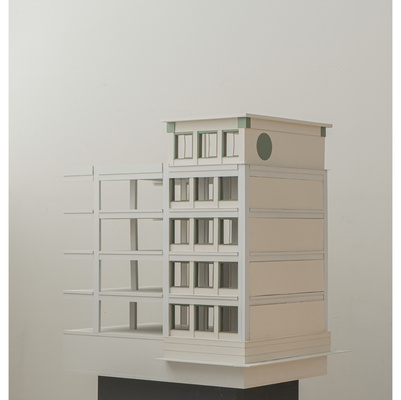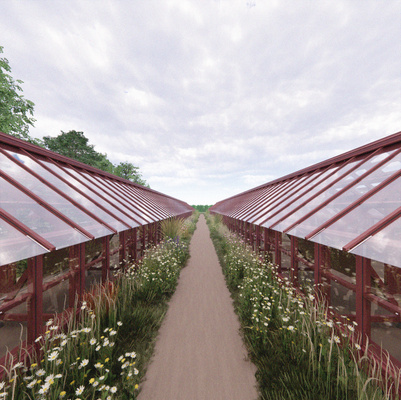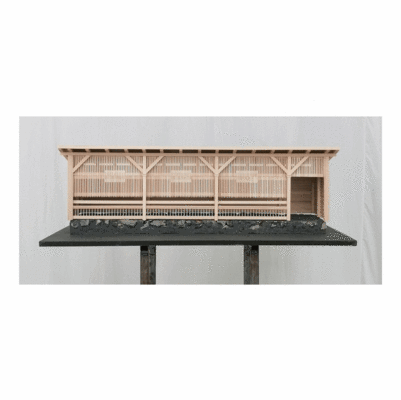The Norwegian landscape, characterized by valleys, fjords, and hilly terrain, has compelled farmers across the vast country to utilize the expansive mountainous regions for grazing. This practice, known as transhumance, involves moving livestock to areas with better agricultural resources according to the seasons. Today, we refer to this practice as "seterdrift" or mountain pasture farming.
The seter houses and the biological diversity found in these areas serve as cultural and historical monuments, representing the livelihoods, ways of life, and resource utilization of the past. In the 19th century, the newly formed nation of Norway found its identity and national sentiment in the mountains. Popular ideals of freedom and romantic appreciation for nature manifested in the northern region, with the farmers as the central figures in history. However, seterdrift is now a dying form of farming. From over 100,000 active mountain pastures in the 19th century, there are currently just over 900 seters remaining across the country. Without the small, low-settled buildings such as sel (cottages), kokehus (cookhouses), buer (shelters), løer (sheds), and fjøs (barns) in the mountain pasture landscapes, parts of our cultural heritage, as well as the knowledge and experiences that these seter environments provide, will disappear. This loss affects both the permanent residents, visitors, and future generations.
The project's objective is to illuminate the nature and both the tangible and intangible cultural heritage of the mountain pasture and wilderness areas, emphasizing their significance as a national and global responsibility while also serving as a model for future development.
Additionally, the location aims to foster a sense of cohesion, sustainability, and value within the local community. It strives to offer visitors to the mountain pasture area a captivating and immersive experience, blending sensory elements, historical context, and a captivating atmosphere.

Program - A new additon, a mountain guesthouse
The mountain pasture site has the potential to be a storyteller through its tangible cultural heritage and its environment, while also providing shelter for the increasing tourism in culture-oriented nature experiences.
Based on a survey, analysis, and valuation, I find it appropriate to add a new building that will expand the use of the site and accommodate other needs.
Here, the hiker can find peace and rest, either alone or in the company of others. In addition to the opportunity for overnight stays under simple conditions, the hiker can enjoy meals in the winter lounge, either alone or together with other tourists and locals.























